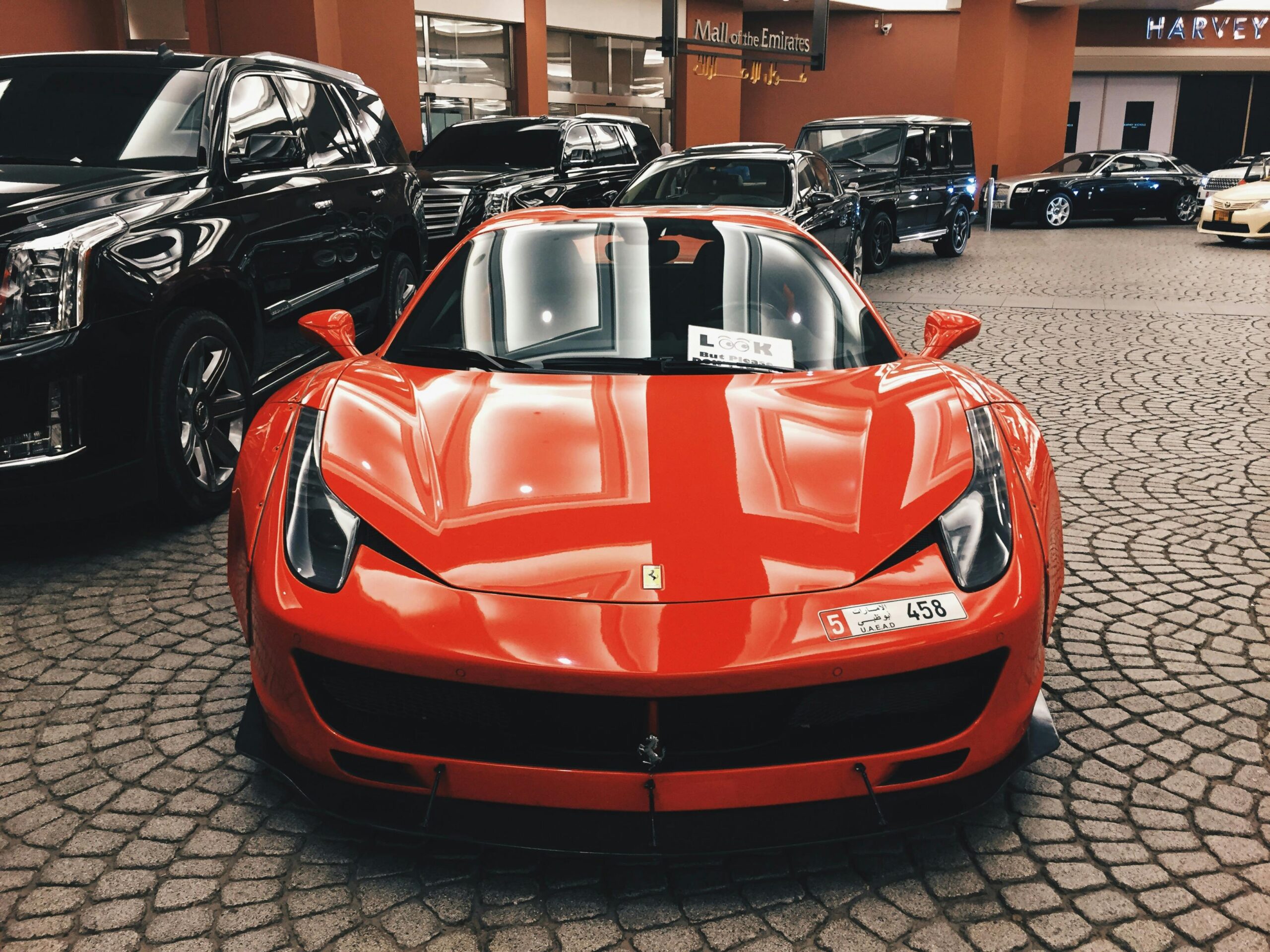The Most Iconic Movie Cars of All Time and Their Real-Life Stories

Some cars are more than just metal, rubber, and glass; they become cultural icons, inseparable from the characters who drove them and the cinematic worlds they inhabited. For car enthusiasts, these vehicles are often as memorable as the actors themselves, sparking a lifelong passion for automotive design, power, and innovation. We’re taking a look at some of the most iconic movie cars ever to grace the silver screen and uncovering the fascinating real-life stories behind these legendary machines.
The Gadget-Filled Wonder: 1964 Aston Martin DB5 from Goldfinger
When you think of spy movies, one car immediately comes to mind: James Bond’s gadget-laden Aston Martin DB5. First appearing in the 1964 film Goldfinger, this car set the standard for what a secret agent’s vehicle should be. Outfitted by the ingenious Q, it featured machine guns, an ejector seat, oil slick sprayers, and revolving license plates. It wasn’t just transportation; it was a weapon and a survival tool.
In reality, the Aston Martin DB5 was already a star before Hollywood came calling. Launched in 1963, it was a beautiful British grand tourer, a type of car designed for high-speed, long-distance driving in comfort and style. It was powered by a 4.0-liter inline-six engine, producing around 282 horsepower. This allowed it to reach a top speed of over 145 mph, a remarkable feat for its time. The body was designed by the Italian coachbuilder Carrozzeria Touring Superleggera, giving it those elegant, timeless lines.
For the film, the production team used several DB5s. The primary “effects car” was a prototype, heavily modified to accommodate all of Q’s special gadgets. Another car, lighter and without the heavy gadgets, was used for the driving and chase sequences. The success of Goldfinger created a global sensation, and the DB5 became forever linked with James Bond. The car’s popularity skyrocketed, and it remains one of the most desirable and valuable classic cars in the world. An original prop car from the film sold for millions, proving that its legacy is as strong as ever.
The Time-Traveling DeLorean DMC-12 from Back to the Future
“You built a time machine… out of a DeLorean?” Marty McFly’s incredulous question perfectly captures the surprise and wonder of Doc Brown’s creation. The DeLorean DMC-12, with its futuristic gull-wing doors and stainless-steel body, was the perfect choice for a time machine. It needed to hit 88 mph to activate the flux capacitor, and its unique, almost alien appearance made the concept of time travel feel visually believable.
The real story of the DeLorean Motor Company is as dramatic as any movie plot. Founded by automotive executive John DeLorean, the company aimed to build an “ethical” sports car that was safe, efficient, and long-lasting. The DMC-12 was its only model. Its unpainted stainless-steel body panels were a radical idea, meant to be corrosion-proof and easy to repair. The gull-wing doors, which open upward, added to its distinctive look.
However, the car was plagued with problems. Its Peugeot-Renault-Volvo V6 engine was notoriously underpowered, producing only about 130 horsepower. This meant it struggled to deliver the sporty performance its looks promised. Production issues, budget overruns, and John DeLorean’s personal legal troubles ultimately led to the company’s bankruptcy in 1982, just a few years before Back to the Future turned the car into a pop culture legend. While the company failed, the movie gave the DMC-12 a second life, transforming a commercial failure into one of the most beloved movie cars of all time.
The All-American Muscle: 1968 Ford Mustang GT from Bullitt
Few car chases in history are as celebrated as the one in the 1968 thriller Bullitt. The ten-minute sequence features Steve McQueen, as detective Frank Bullitt, expertly piloting his Highland Green Ford Mustang GT through the hilly streets of San Francisco. He chases a menacing Dodge Charger in a raw, gritty pursuit devoid of music, relying only on the roar of the engines and the screech of tires.
The 1968 Ford Mustang GT was a perfect representation of American muscle. For the film, the production team acquired two identical V8-powered Mustangs. These weren’t standard showroom models. They were heavily modified by a veteran race car mechanic to handle the intense stunt driving. The engines were tweaked for more power, the suspension was beefed up to survive the jumps on San Francisco’s streets, and the iconic “Bullitt” look was created by removing fog lights and brand badging for a cleaner, meaner appearance.
McQueen, an accomplished race car driver himself, did much of the driving. His connection to the car and his demand for authenticity are what make the chase so compelling. After filming, one of the two Mustangs was scrapped due to damage. The other, the “hero car” driven by McQueen in many shots, was sold and disappeared for decades. It resurfaced in 2018, completely original and beautifully preserved with the patina of age. When it was auctioned in 2020, it fetched a record-breaking $3.74 million, becoming the most expensive Mustang ever sold and cementing its place in automotive and cinematic history.
The Post-Apocalyptic Interceptor: 1973 Ford Falcon XB GT from Mad Max
In the desolate, dystopian world of Mad Max, Max Rockatansky’s “Pursuit Special” is his most trusted ally. This menacing black car, also known as the V8 Interceptor, is a symbol of power and survival in a world gone mad. Its most prominent feature is the supercharger protruding through the hood—a visual cue that this machine is all about raw, untamed force.
The car is a heavily modified 1973 Ford Falcon XB GT Coupe, a muscle car that was specific to the Australian market. The Ford Falcon was a popular family car in Australia, but the GT version was a true performance machine. For the film, the crew transformed it into a post-apocalyptic beast. The “Concorde” front end was a custom fiberglass addition, and the massive supercharger was, at first, just a prop. It was a belt-driven pulley on an empty case, but its visual impact was undeniable. For the sequel, Mad Max 2: The Road Warrior, a functional supercharger was installed, making the car’s performance as aggressive as its looks.
The original Interceptor had a tough life. After the first film, it was given away as a prize and later ended up in a scrapyard. Thankfully, it was rescued and restored by fans. Its aggressive design and association with the gritty, action-packed film series have made it an icon, especially among fans of muscle cars and dystopian fiction. The car perfectly embodies the spirit of the Mad Max universe: a cobbled-together survivor built for speed and combat.

